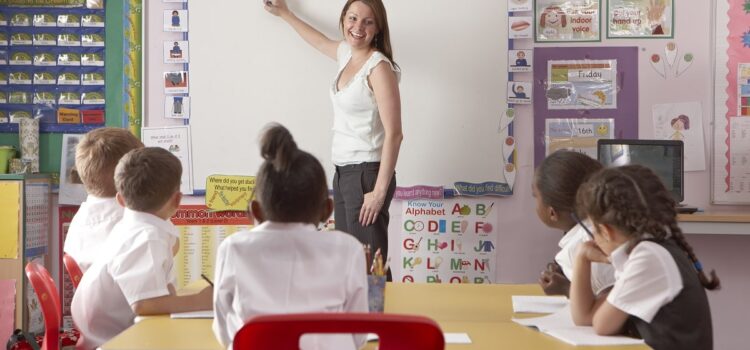As technology advances with wearable devices, such as augmented and virtual reality (AR and VR) and interactive projectors, play in the classroom is more possible than ever. Let’s first look at how technology is changing education, and then at some of the ways play can benefit students.
How is technology changing education?
Students have long been using technology to study in faraway locations on platforms such as The Open University. Now, modern technology is having a greater impact in the classroom.
Wearable items such as smart glasses and watches are giving students quick access to important information, the ability to record lectures, and real-time feedback on their progress.
Technologies such as VR headsets enable science students to practice their surgeries virtually, architecture students to visualize buildings in 3D, and history students to explore ancient civilizations.
These tools can make complex subjects easier to understand, and encourage students to interact more with learning materials.
The advancements in remote learning, revolutionized during the pandemic, have allowed students easier access to higher quality education anywhere in the world.
Another evolving area of education is in gaming.
Gamification of learning
The authors of a study published in March 2024 said, “The use of gamification and virtual reality in educational contexts is becoming more popular as a means to satisfy students’ pursuit for more interactive, immersive, engaging, and meaningful learning.”
The study concluded that there were positive assessments on gamification from both students and teachers, summarising that “the use of gamification can positively influence educational activities and enrich virtual reality experiences to create more interactive, engaging, and motivating learning environments.”
Digital games help maintain students’ interest by providing immediate rewards and feedback. They encourage players to complete tasks and overcome difficult challenges.
Are there games available for the classroom?
Games are increasingly part of the classroom.
Quiz games such as Kahoot! and Quizizz offer ways for teachers to test knowledge in a competitive, fun format.
Teachers can also use projector games for interactive, enjoyable experiences. There are a range of projectors available for those looking for the best interactive projector.
Students can play role-playing games to understand complex concepts and historical events.
More educational games are available on a variety of platforms such as ClassFlow, ActivInspire and OpenBoard.
But why should play be a part of the classroom?
Play makes learning more enjoyable, which means students are more likely to be motivated and participate in lessons.
Games are also a chance for students to develop their social skills. Students learn to cooperate, negotiate and communicate with one another.
Play encourages creativity, which is recognized as a valuable asset in all sorts of industries. When playing games, students experiment with different scenarios and solutions, which enhances their cognitive flexibility and ability to think outside the box.
The Harvard Business School has highlighted various ways creativity can help businesses, including by encouraging innovation and adaptability, and increasing productivity.
Platforms such as the popular language learning app Duolingo give students real-time feedback and encouragement. These are valuable ingredients in any type of education.
In physical education, the novelty found in games has the potential to increase participation and adherence in exercise.
A 2020 paper entitled “Make Fitness Fun” said, “Exergaming through novel mediums such as virtual reality (VR), and digital behavior change apps provide a multisensory and immersive environment that is customizable to the user’s functional abilities and personal preferences, and thus may increase motivation for regular PA participation or enhanced adherence.”
Let’s sum up
Play is a critical component of a well-rounded education that supports cognitive, social, emotional and physical development. Education in classrooms is greatly enhanced by the emerging technologies that provide more options for play.






